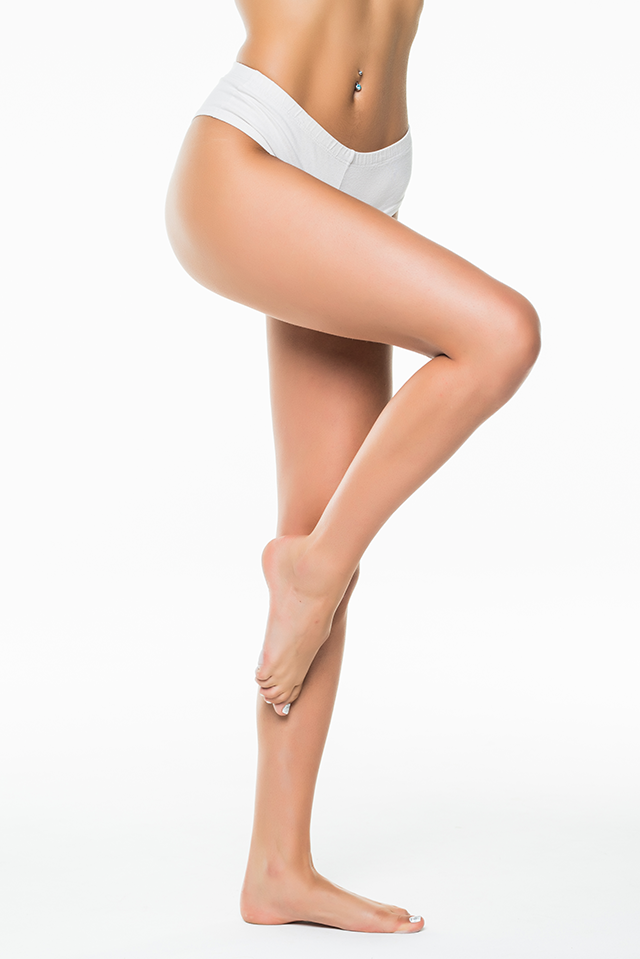
Cellulite is a common, harmless skin condition characterized by a dimpled or lumpy appearance, often compared to “orange peel” or “cottage cheese.” It primarily affects areas like the thighs, buttocks, hips, and abdomen and occurs when fat deposits push through the fibrous connective tissue beneath the skin.
How Cellulite Forms
Cellulite develops due to the interaction of fat, connective tissue, and skin. Here’s what happens:
- Fat Deposits: Beneath the skin, fat cells accumulate and expand, especially in areas prone to fat storage.
- Connective Tissue: Fibrous bands of collagen, called septae, tether the skin to underlying muscle.
- Tension in Connective Tissue: When fat expands, it pushes against the skin, while the connective tissue bands pull the skin down, creating a dimpled appearance.
Key Contributing Factors
Cellulite is influenced by several factors:
- Gender:
- More common in women because their connective tissue structure is different from men’s, allowing fat to push through more easily.
- Hormones:
- Hormonal changes, particularly in estrogen, insulin, and thyroid hormones, can affect fat storage and circulation.
- Genetics:
- A family history of cellulite increases the likelihood of developing it.
- Age:
- Skin becomes thinner and less elastic with age, making cellulite more noticeable.
- Lifestyle:
- Poor diet, lack of exercise, dehydration, and high body fat can contribute to cellulite, though thin people can also have it.
- Circulation Issues:
- Poor blood flow and lymphatic drainage can make the condition worse by increasing fluid retention.
Professional Treatments
The latest technology and more effective to treat Celullite is Aveli.
Avéli is a minimally invasive, FDA-approved procedure that treats cellulite in the thighs and buttocks:
- How it works
The Avéli device uses light and mechanical subcision to identify and sever the collagen bands, or septa, that cause cellulite. - Benefits
Avéli is precise and can target only the septa that cause dimpling, while leaving others intact. It can also stimulate collagen production and improve blood circulation. - Results
Results are visible after the initial bruising fades, which can take about a month. Sustained improvement is visible three months after treatment. - Procedure
The procedure involves local anesthesia, small incisions, and typically takes an hour. Most patients can return to normal activities within 24–48 hours, but strenuous activities should be avoided for a few days to a week.
We offer Aveli treatments. Book your complimentary consultation and start your treatments right away!
**Check our financing options available**